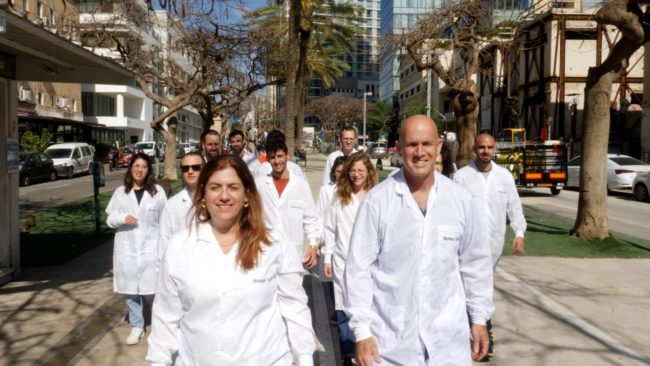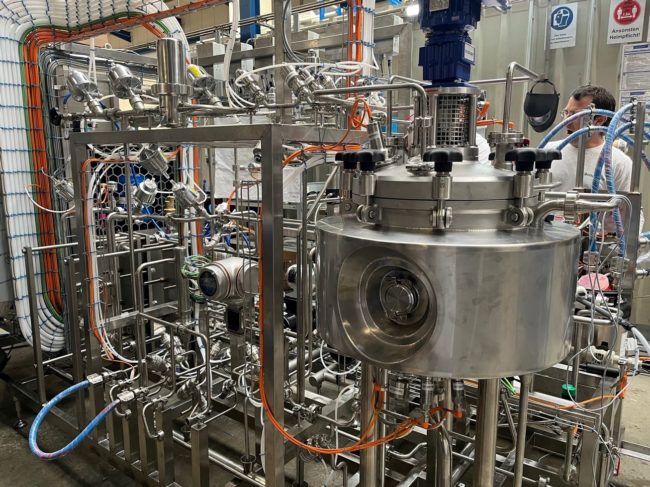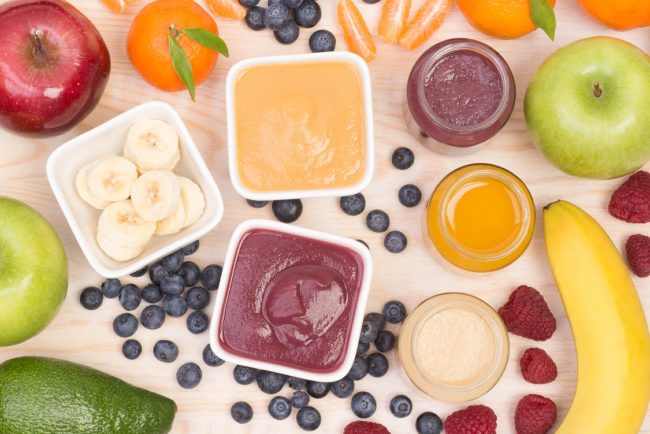Getting the creative juices flowing
Israeli start-up Better Juice and GEA Group AG, Germany, recently opened a new pilot facility, where juice manufacturers can test their sugar-reduction technology.
During the pandemic, juice sales soared due to consumers wanting the Vitamin C health benefits to stave off illnesses. In fact, total U.S. juice sales jumped nearly 11% in 2020, according to Mintel. The increase came after a decline of 3.6% from 2015-19, as half of U.S. consumers stated they are drinking juice less often to reduce their sugar intake.
In 2020, beverage giant PepsiCo sold the Tropicana brand, along with Naked and other juice brands, to PAI Partners, a French private equity firm, for about $3.3 billion. The company said it wanted to focus its efforts on faster-growing beverages as consumers ditch sugary drinks.
That could be why sugar-reduction solutions are trending. “Companies are looking for this solution as consumers are constantly avoiding sugar,” said Eran Blachinsky, Ph.D., co-founder and co-CEO of Better Juice. “Looking at the beverage shelves at the supermarket, it is clearly noticeable that drinks with less or no sugar are taking over.

Better Juice’s products are made using its enzymatic sugar-reduction technology. The technology can treat juice, puree and concentrate, according to Blachinsky. CPG companies can use these sugar-reduced ingredients to produce various products: sugar-free ice cream, jam, yogurt, etc.
Sweet Spot
Fruit juices have three types of sugars: sucrose, glucose and fructose. The ratio of these sugars varies with the type of fruit; some have all three sugars, with a different ratio, and some have just two. Since the Better Juice solution can treat all types of fruit sugars, it fits all types of fruit juices.
“We produce and immobilize enzymes, then we fill the bioreactor with those immobilized enzymes,” explained Blachinsky. “The bioreactor is integrated into the factory line. While the juice flows through the bioreactor, the immobilized enzymes convert each sugar molecule. It converts the glucose to gluconic acid, the fructose to sorbitol and the sucrose to dietary fibers.” The entire process takes about an hour.
The GEA Better Juice Sugar Converter Skid is part of GEA’s innovation center, which also includes the required processing equipment supplied by the global food system suppliers and incorporates Better Juice sugar reduction technology.
The converter works in a continuous flow. The juice enters one side of the reactor with 100% of its original sugars and comes out with up to 80% less sugar.
The reactor works continuously, 24-7 if needed. Inside the bioreactor there are immobilized enzymes—the Better Juice technology—that naturally changes the molecular structure of the sugars without any genetic modifications, explains Blachinsky.

Solutions for sugar reduction in synthetic products — products with added sugar that can be replaced — exist in many forms, like sugar substitutes, sweetness enhancers or other recipe modifications, but juice is different.
“Juice is a natural product that has innate sugar, and it is not part of a recipe made by humans,” Blachinsky said. “The awareness that these sugars are the same as the added sugar grows daily and, as a result, people are buying it less.”
Pilot Plan
The innovation center is equipped for pilots. It has a small lab, a meeting room for discussions and waiting between experiments, and the pilot unit. “Since this is GEA’s innovation center and it is based inside a workshop, we can get assistance to different customer requests,” said Blachinsky.
A Better Juice team, together with GEA expert engineers, will be on site to accompany and guide visiting companies during their trials.
The advantage of the pilot unit is that juice manufacturers can come for just two or three days and have enough treated juice for their evaluation, taste panels and more. The system is a miniature version of the commercial unit, hence, most of the logistic questions can be answered, like mode of operation, footprint and more.
All these good characteristics of the pilot unit enables a customer to make a purchasing decision without having to install a unit at his facility. It does require a trip to Germany, but it is still faster, cheaper and easier than to rent equipment at the customer’s site, says Blachinsky.

Better Juice conducted a panel taste in Israel. Blachinsky said the results were very good, as the tasters didn’t feel any off flavor or changes in the mouthfeel. “Once the sugar-reduction concept was mentioned, more than 57% of the population preferred Better Juice orange and apple juice over the original,” he added.
The unique technology can keep all the good qualities of the juice, reduce the sugar and do it in a very cost-effective way.
The company sealed its first commercial deal earlier this year with a U.S. West Coast-based juice manufacturer. In addition, Better Juice has interest from others in the industry.










